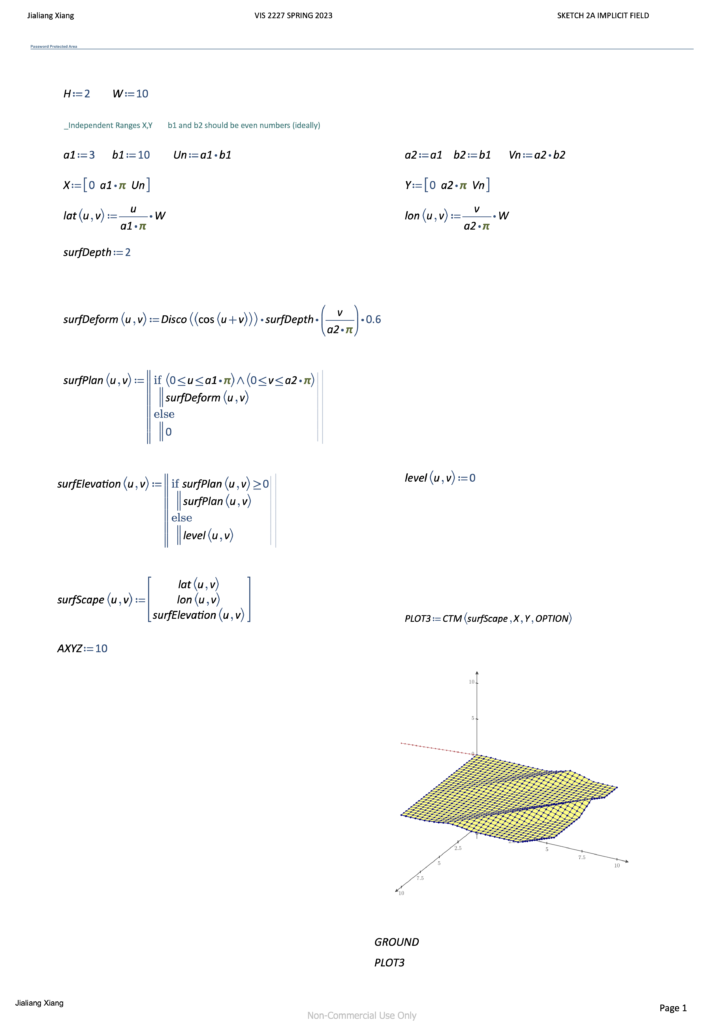
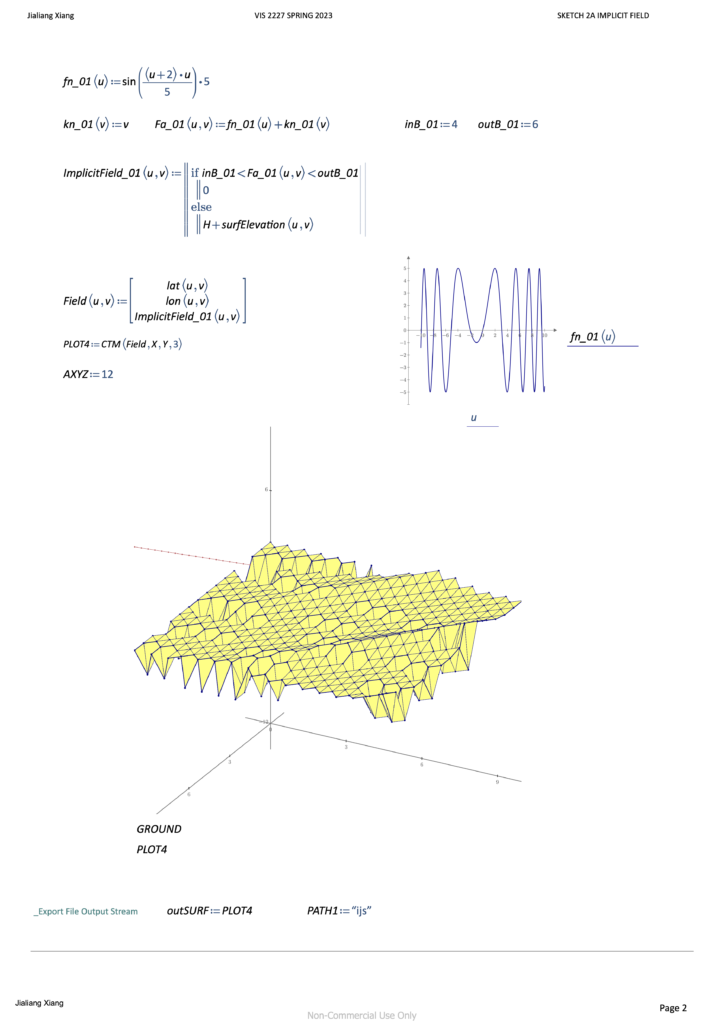
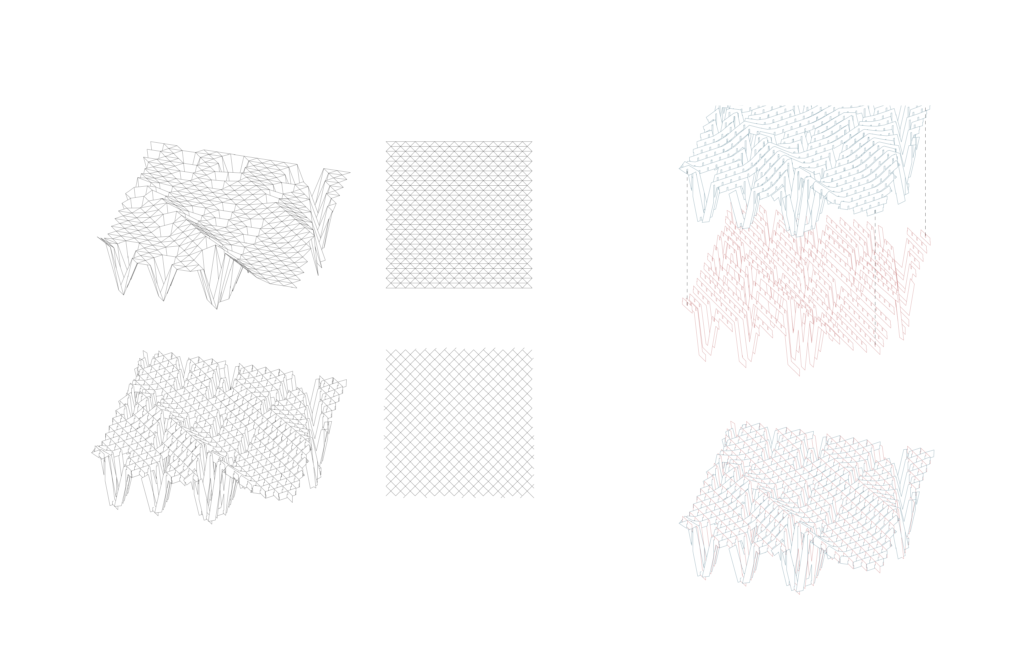
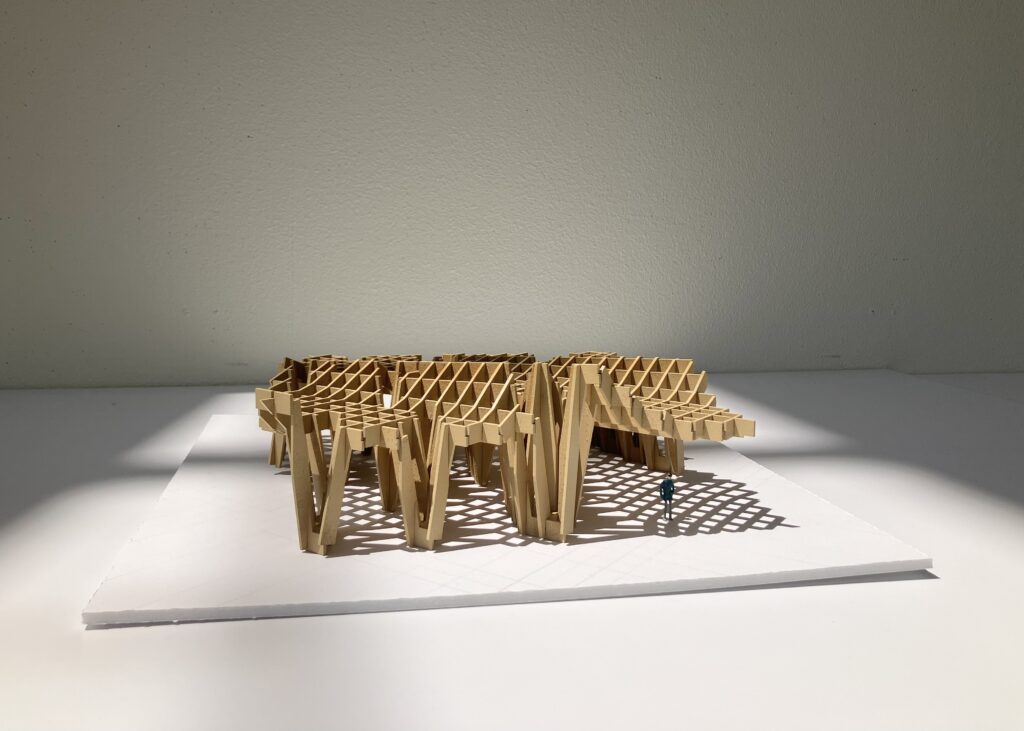
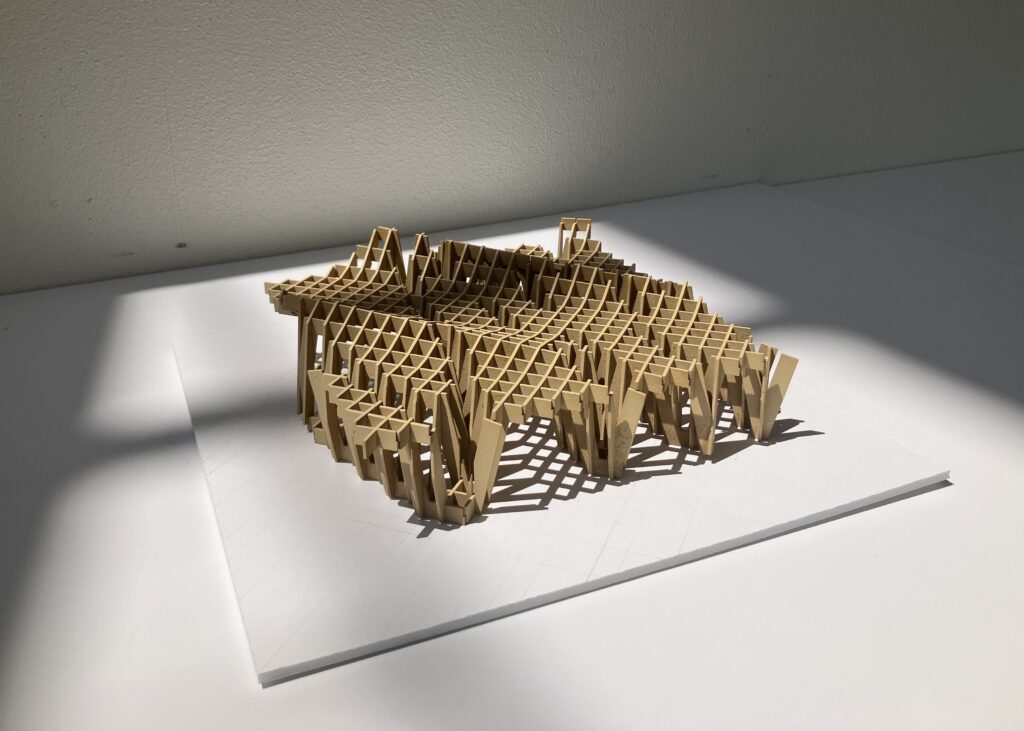
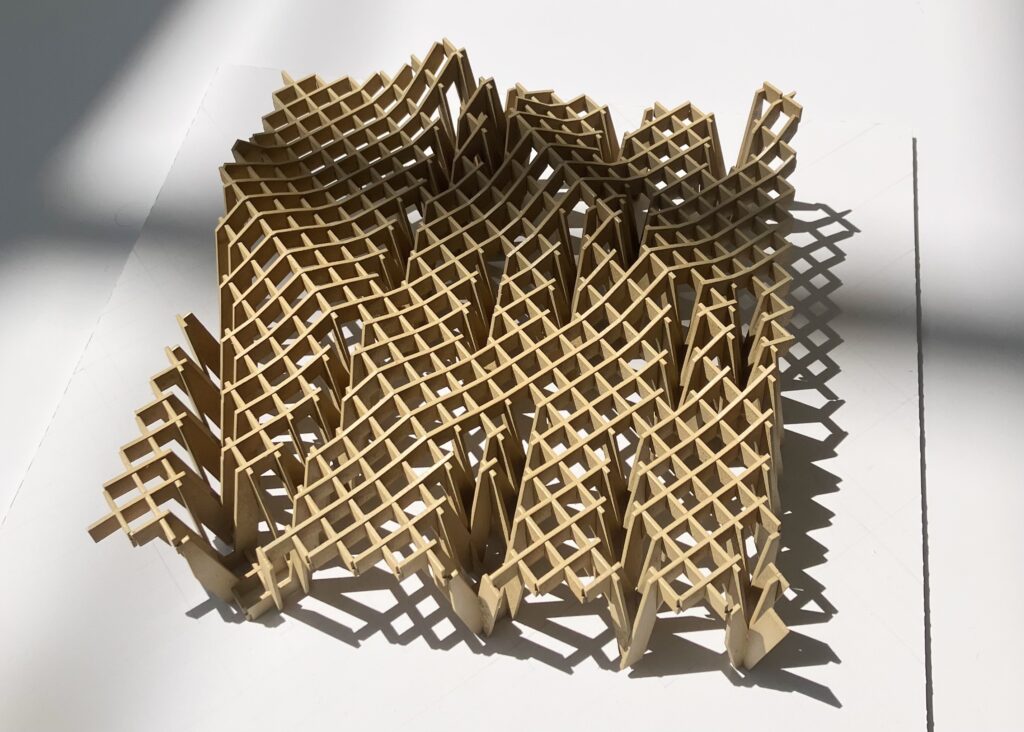
Spring 2023 VIS2227 Instructor: George L. Legendre
Team: Jialiang Xiang (parametric and model design), Robert Walker (diagrams, model design and making)
Empowering Architects with Computation
The many episodes of our past constituting our sense of self, can they be arranged into a coherent structure? Chronological organization is commonplace yet limited as a mean of expression. We explore a simple yet flexible data structure where the shards of memories fall into place.
Fall 2022 ADV9672 Instructor: Allen Sayegh
Team: Jialiang Xiang, Selin Dursum, Danning Liang
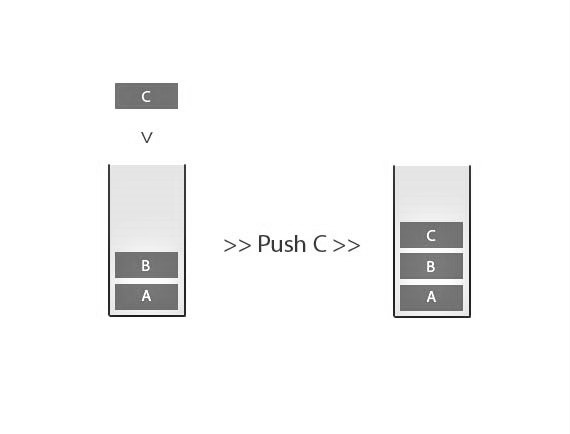
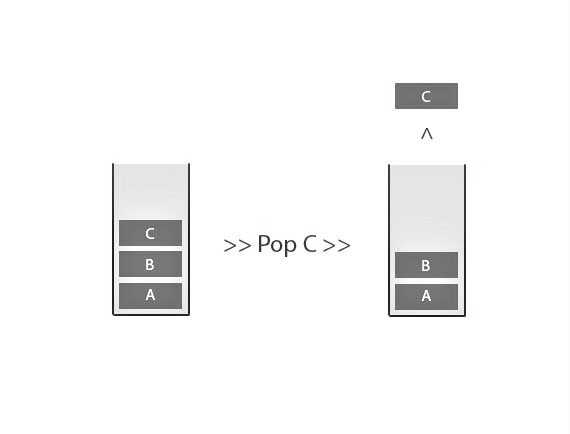
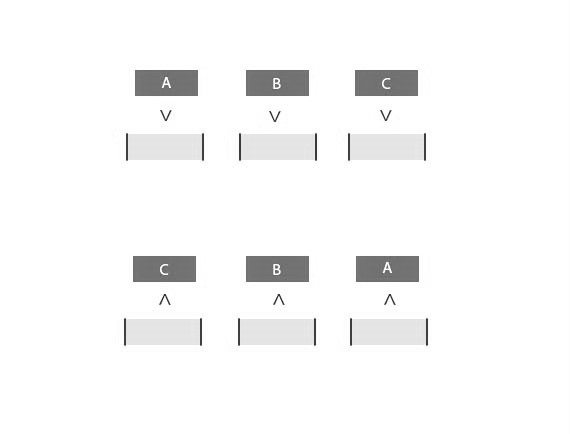
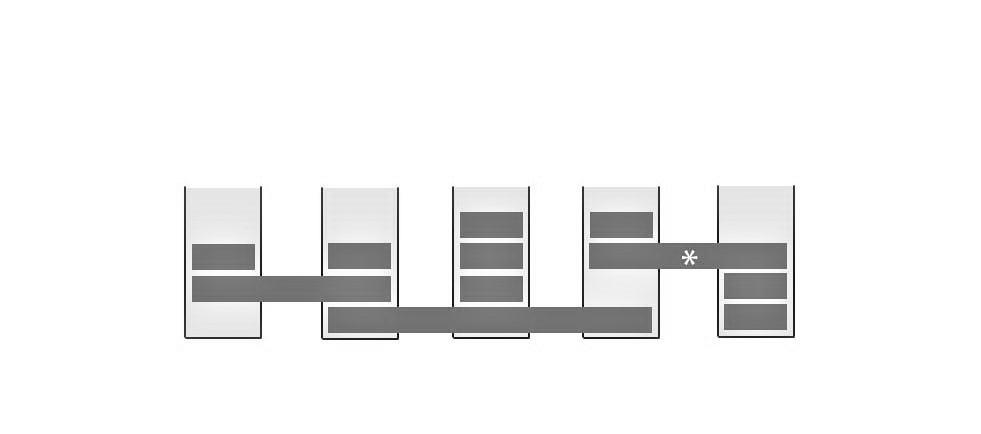
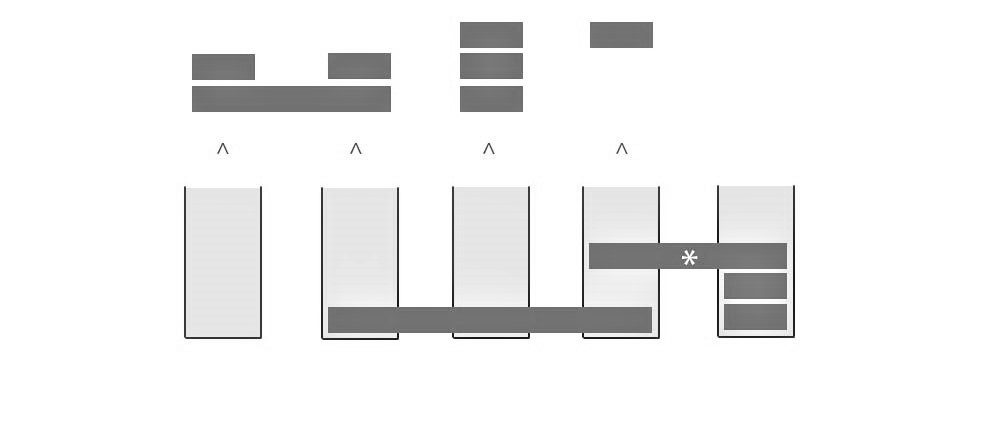
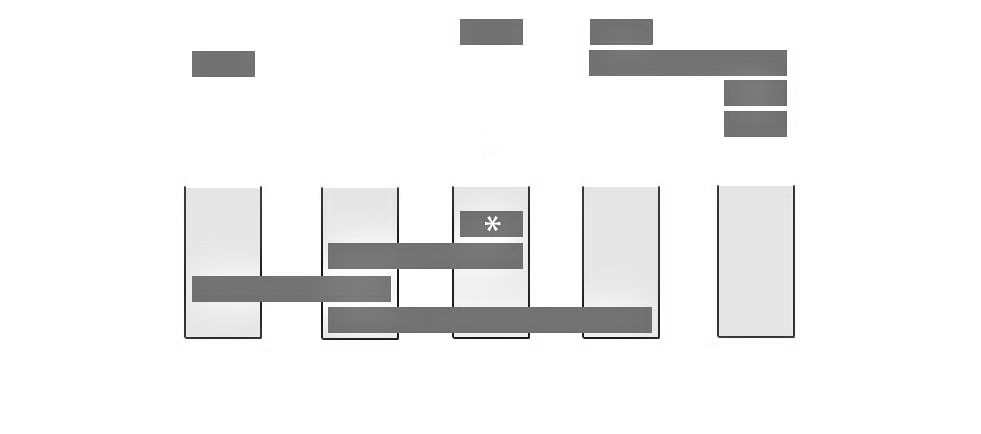
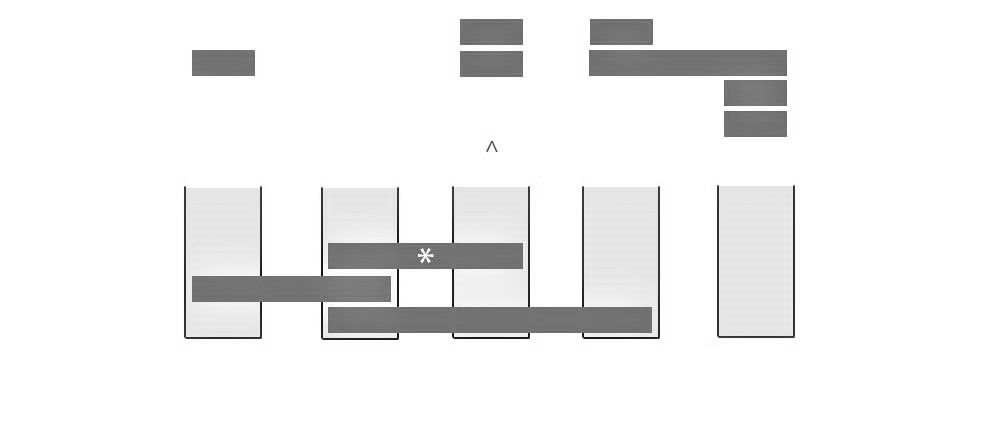
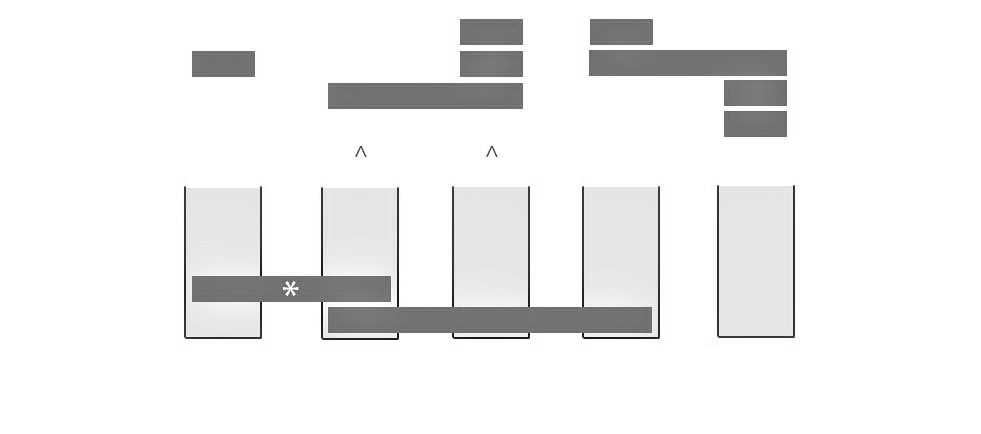
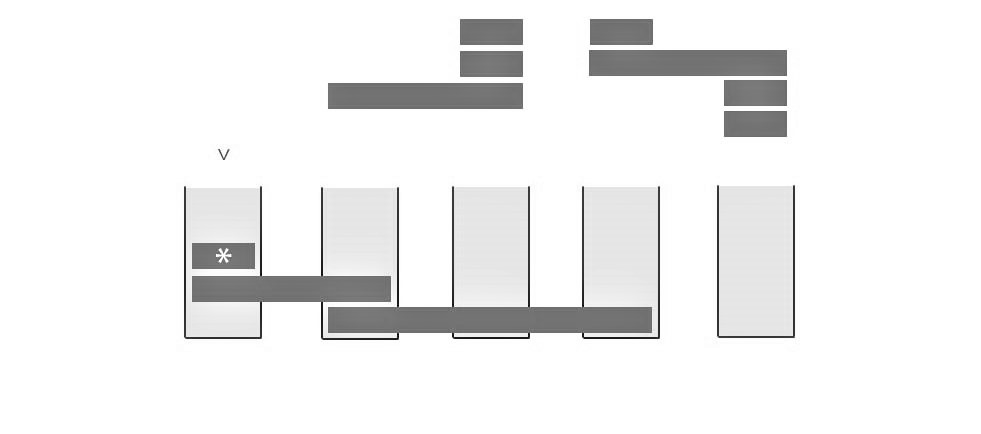
Order has been an important topic for me in aesthetics maybe because of my science background, where the very foundation of all theories is the idea of logical consistency. Then perhaps, the rise of computational design provides an opportunity for a new kind of order previously unattainable with bare human hands. I hope I’m not alone on this one, but it worries me that some avant-garde architects, such as Fujimoto and Ishigami, are building free-form projects organized by ineffable “feel” *. Ishigami notably compared architecture with clouds. Some scholars, like Mario Carpo, argue that the rise of ever more powerful computational tools heralds the replacement of over-arching order or mathematical theory with empirical heuristics not unlike how ancient builders design arches as they make them.
But clouds do have orders, I thought. The molecules bounce back and forth at local scale, but exhibit an instantly recognizable shape when seen from afar that has to do with wind, altitude, humidity etc. Physicists have a name for properties like the shape of the cloud: emergent properties. Perhaps just like clouds, architecture can be seen as the interaction between the local operations (such as a grid) and the global effects emerging from those operations. When framed this way, computational tools, not unlike the old pen and paper, act merely as the bridge between these two during the design process, though with the help of the machines, we can envision orders with unprecedented complexity that remained intractable until now.
*To be fair, according to Ishigami’s book Small Images, his forest-like workshop project made use of a custom-made CAD software where you can edit the placements and cross-section shapes of the columns and have the structural effectiveness simulated in real time, so structure did play a major role in the form of that project
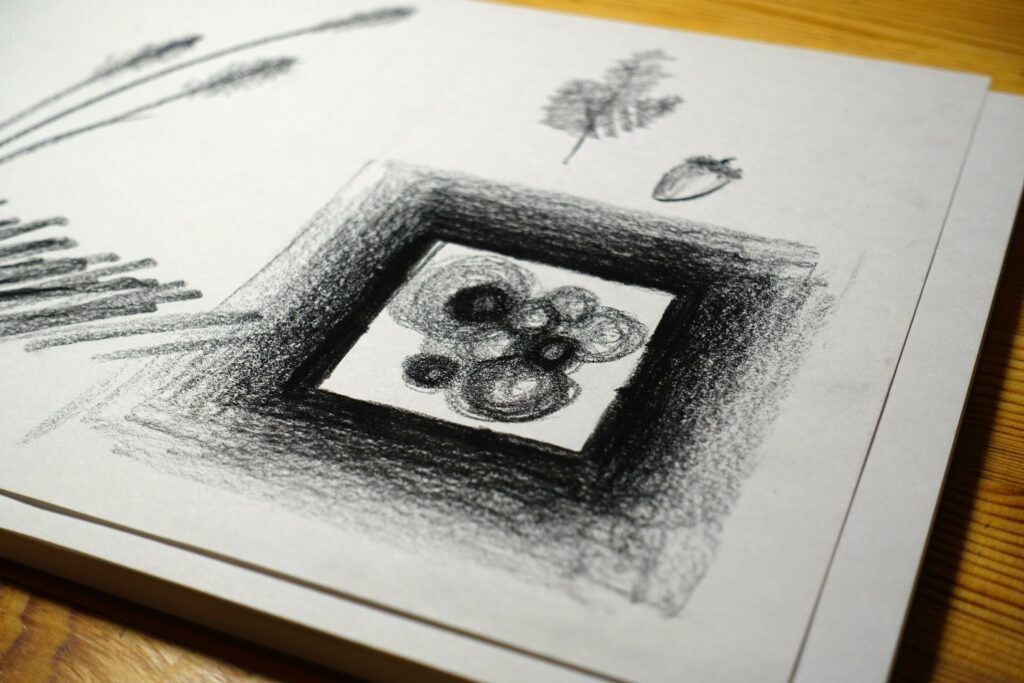
The moment I pressed a chunk of charcoal against some coarse paper, it became certain… this is the material I have been dreaming for. Finally I can make the lines as thick and dark as I wish. The loose particles of carbon absorb traces of light from the paper, while revealing the individual fibers as if they were made of shadows. As the particles condense, they fill in the space between the fibers. A solidity is formed. Like the sedimentation of time, charcoal never covers up. It blends, it reveals, it confounds, it puts something aside, to be forgotten.